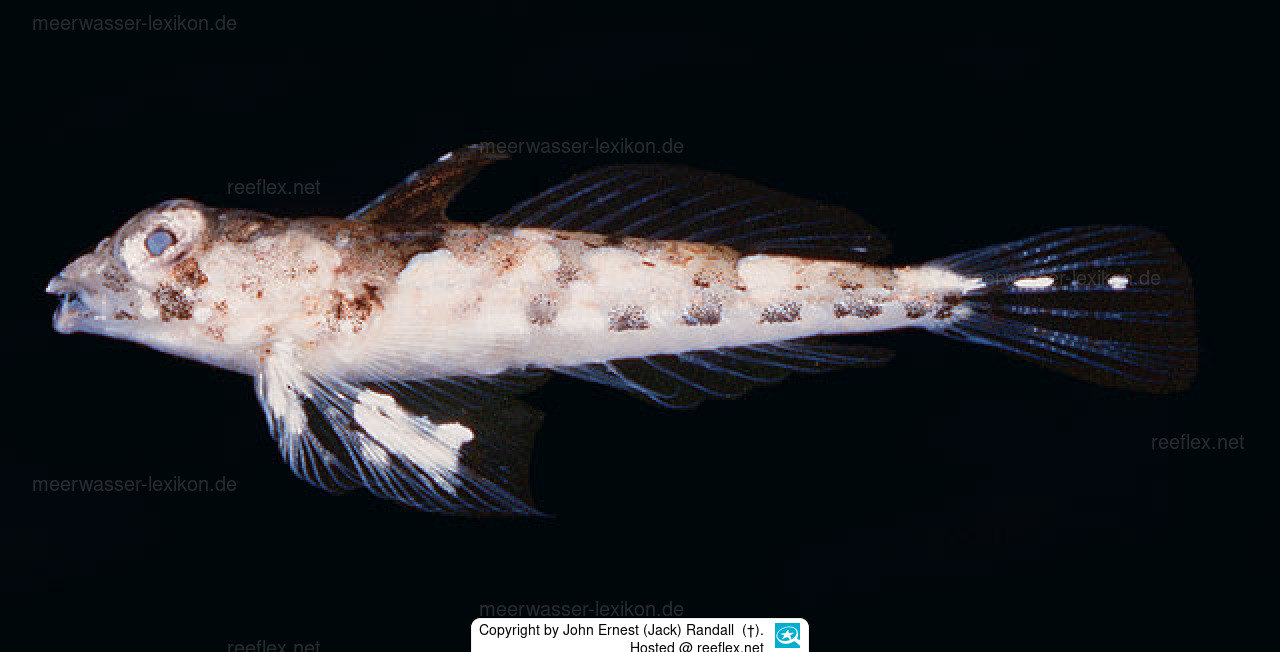Info
This species of lyrefish was collected in 1969 by J.E. Randall and Gerry R. Allen from a sandy area near rocks in intertidal depths of Hang Roa, Easter Island, East Pacific.
Sexual dimorphism:
Males have a significantly higher first dorsal fin, the first and second rays of the dorsal fin are significantly longer than the third.
In addition, males are characterized by a longer urogenital papilla and a different coloration of the second dorsal and anal fins as well as the sides of the head.
The IUCN Red List does not monitor this species, the reason for this is not known to us, as there are no photos of living lyrefish on the Internet, it is reasonable to assume that Synchiropus randalli may be extinct.
Etymology:
The new species has been named in honor of Dr. J. E. Randall, whose contributions have greatly expanded our knowledge of the ichthyofauna of Easter Island, and who collected the type material of this species.
Sexual dimorphism:
Males have a significantly higher first dorsal fin, the first and second rays of the dorsal fin are significantly longer than the third.
In addition, males are characterized by a longer urogenital papilla and a different coloration of the second dorsal and anal fins as well as the sides of the head.
The IUCN Red List does not monitor this species, the reason for this is not known to us, as there are no photos of living lyrefish on the Internet, it is reasonable to assume that Synchiropus randalli may be extinct.
Etymology:
The new species has been named in honor of Dr. J. E. Randall, whose contributions have greatly expanded our knowledge of the ichthyofauna of Easter Island, and who collected the type material of this species.







 Dr. John Ernest (Jack) Randall (†), Hawaii
Dr. John Ernest (Jack) Randall (†), Hawaii
















